
Tag Archives Soil science

Can organic no till work in the field?
Environmental benefit is part of organic market value, but organic weed management usually means tillage, commonly considered a black mark for soil health. Is there a middle ground?
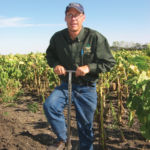
Getting a jump on fall fertilizer
Recent rain may alter farmers’ plans, just like a dry year to date has
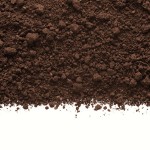
Farmers’ focus must shift from yields to soil health
But looking after the land doesn’t have to result in a ‘yield penalty’
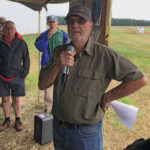
Degraded soils cost farmers billions annually
Yet soil care remains a low priority for policy-makers as well as farmers

VIDEO: Getting down to your roots
Crop Diagnostic School offered a cutaway view of how crop roots move through soil
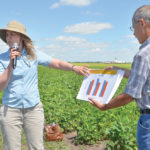
To till or not to till? For soybeans that’s the question
The Westman Agricultural Diversification Organization is testing out planting dates and pre-seed tillage systems in its latest round of soybean experiments
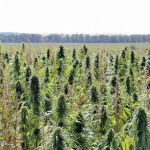
Editorial: New opportunities

Better nitrogen efficiency, now and in the future
The June 28 4R nitrogen stewardship tour looked at current research and tools that could be coming in the future
Increasing yields while applying the same or less nitrogen is good for farmers and the environment. It also sums up the goal of the 4R stewardship program. The four Rs refer to applying nitrogen to crops using the right source and rate at the right time and right place. “That’s our big challenge,” University of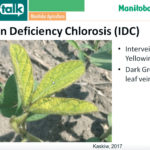
IDC suspected cause of a lot of yellow soybeans this year
Iron deficiency chlorosis can be mitigated by assessing a field’s risk and then selecting the appropriate variety, says Manitoba Agriculture’s Terry Buss

How Manitoba’s provincial soil was named
Ted Poyser, now retired soils specialist with the province vividly recalls the work that went into the Manitoba Soil Survey


